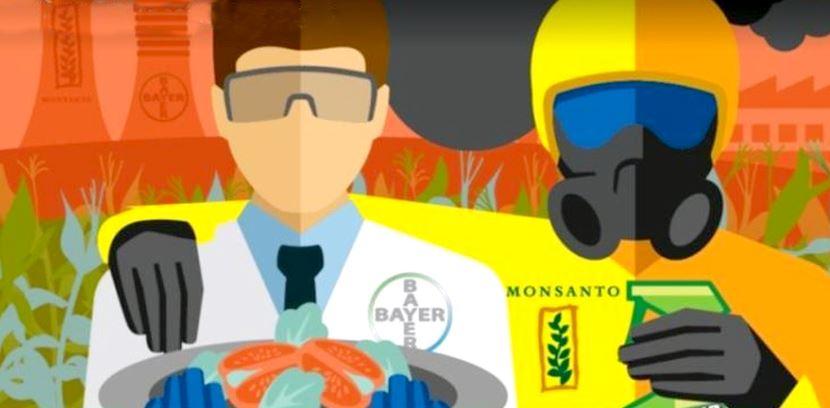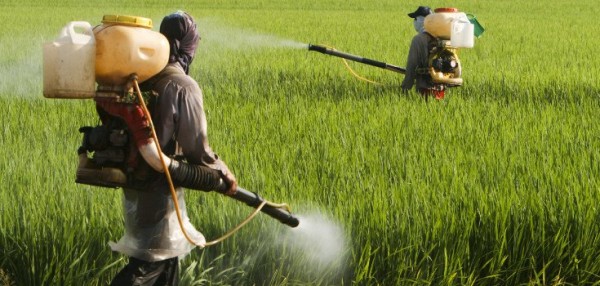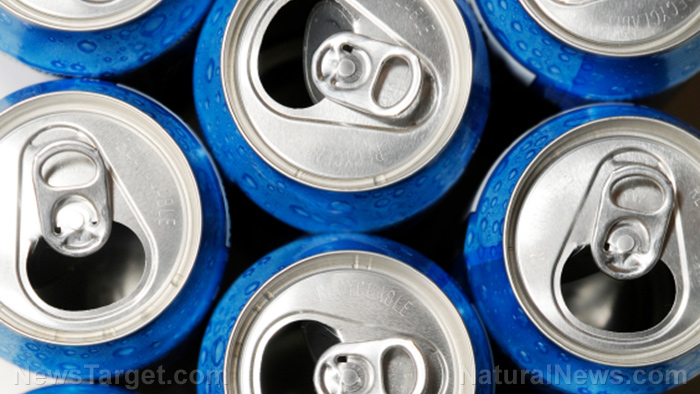Ethofumesate — toxicity, side effects, diseases and environmental impacts
12/02/2017 / By Michelle Simmons
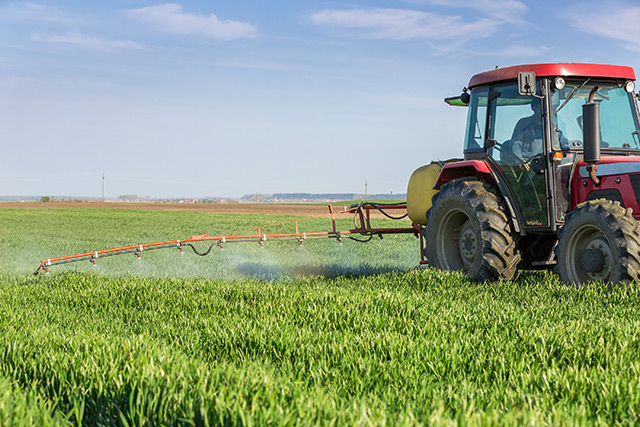
Ethofumesate is a pre- and post-emergence herbicide for fighting off grass weeds and broad-leaved weeds, such as black nightshade, chickweed, lambsquarters, purslane, pigweed, thistles, annual bluegrass, foxtails, volunteer cereals, and white grass. It can be applied on different crops, such as sugarbeet, red beet, fodder beet, onions, garlic, shallots, carrots, grass seed crops, and oilseed poppies. It works by inhibiting the synthesis of lipids in the targeted plants as it is absorbed through emerging shoots and roots. Ethofumesate has the molecular formula of C13H18O5S.
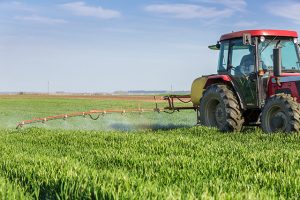
List of known side effects
There are some known side effects of ethofumesate on humans. One of its side effects is it can cause headaches. In one case, an employee who worked within the midst of the chemical’s smell developed a headache after doing so. In other cases, it caused weakness and lightheadedness. Exposure to ethofumesate may also cause irritation of the eyes, skin, and respiratory tract. Moreover, if ingested, it may also cause irritation or burns in the esophagus or gastrointestinal tract. On the other hand, for its environmental side effects, ethofumesate has been found to be toxic to the aquatic environment, fish, and honey bees.
Body systems affected by ethofumesate
There are only a few body systems that the herbicide ethofumesate can adversely affect. These body systems include the nervous, ocular, integumentary, respiratory, and digestive systems.
Items that can contain ethofumesate
The items that can contain ethofumesate can be those herbicide products that are used to control grass weeds and broad-leaved weeds that act as lipid synthesis inhibitors. Some of the products that can contain ethofumesate alone can be identified under the trade names of Ethotron SC, Nortron SC, Phoenix Thrasher, PoaConstrictor, Prograss, Prograss SC, and Willowood Ethofumesate 4SC. Moreover, some of the products that can contain ethofumesate and other active ingredients can be known under the trade names of Twister, Goltix Plus, Betanal Expert, Ethosat 500, Galahad, Goltix Super, Magnum, Nortron Flow, Twin, Ethofumesate SC 500, and Ethofol 500 SC.
How to avoid ethofumesate
There are several methods on how to protect oneself from being exposed to ethofumesate, particularly for those people who work with the chemical since they are the most prone to its risk. One of those is to wear personal protective equipment. Since the chemical can be absorbed by the body through skin contact, it is important to wear a long-sleeved shirt, long pants, chemical-resistant shoes and socks, and gloves that are resistant to chemicals, when handling the substance.
One of the exposure routes of ethofumesate is through eye contact, so in order to protect the eyes, it is important to wear protective eyewear. Another exposure route of the chemical is through inhalation. Therefore, it is a must to wear a proper breathing apparatus. Another way to avoid ethofumesate exposure through ingestion is by always washing the hands before eating, drinking, chewing gum, using tobacco, or using the toilet. It is also important to remember to thoroughly wash the personal protective equipment immediately after use.
Where to learn more
Summary
Ethofumesate is an herbicide used against grass weeds and broad-leaved weeds on sugarbeet, red beet, fodder beet, onions, garlic, shallots, carrots, grass seed crops, and oilseed poppies.
Ethofumesate exposure through inhalation may cause headache, weakness, and lightheadedness.
Ethofumesate exposure through eye contact, skin contact, and inhalation may cause irritation on the eyes, skin, and respiratory tract.
Ethofumesate exposure through ingestion may cause burns or irritation in the esophagus or gastrointestinal tract.
Ethofumesate may adversely affect the nervous, ocular, integumentary, respiratory, and digestive systems.
Ethofumesate can be toxic to the aquatic environment, fish, and honey bees.
Sources include:
Tagged Under: Ethofumesate












